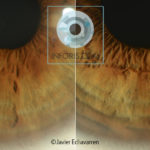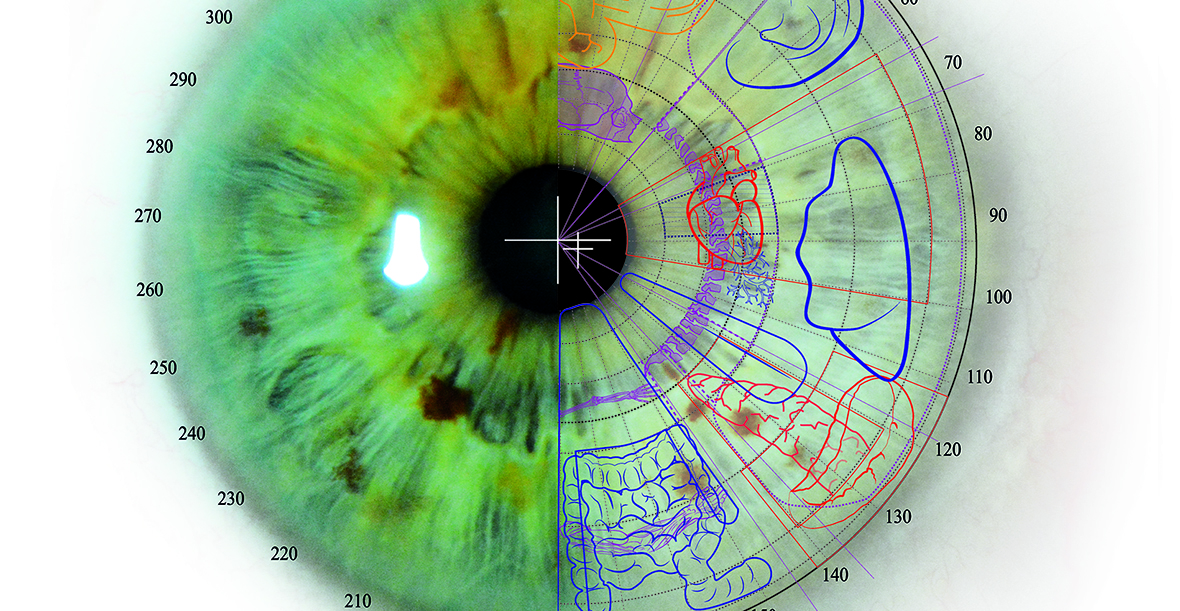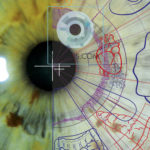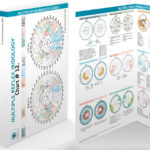When new findings and concepts are presented that invalidate previous knowledge, a paradigm shift is said to have taken place.
With Multiple Reflex Iridology we are making a series of contributions, whereby not only are we revealing errors that have prevailed over the years, but rather, we are providing new concepts and data that contributes to a new way of interpreting the map of the iris, and obtain a high degree of effectiveness.
All paradigm shifts are difficult to accept. For some people, this can be something dramatic. Having to accept that a part of what was being used was wrong, is difficult to accept. These types of changes are not accepted overnight as they require time to be discussed, checked, accepted and assimilated.
For our part, we fulfil the aim of presenting the knowledge and data obtained during our research. Firstly, we published a book named “Principles and Foundations of Multiple Reflex Iridology” where we outline the foundations that our theory is based on so that anyone interested in the subject can have access to it. Currently, we are continuing our dissemination and disclosure of information, with new didactic materials. At the moment, we have just unveiled a new design and format for our website with the aim of boosting its dissemination and access. We hope to soon continue to keep adding new features to it.

The foundations that Multiple Reflex Iridology are based on are as follows:
– Projection rules.
– New map of the iris.
– Study of iridian and pupillary signs.
With these three foundations we propose a new basis with which to progress and study in the field of iridology. We do not claim to have the absolute truth, we simply propose in a new map model the results of a study that offers greater effectiveness and makes it possible to have a solid base on which it is possible to continue studying.
Within the Projection Rules, it is worth highlighting the Multiple Reflex phenomenon that we have named our theory after. Through this theory, we have seen how in a single zone of the iris it is possible for the alterations of one, two or more parts or functions of the body to manifest themselves. Therefore, defining and drawing on the iris map the different zones where the alterations of different tissues, organs or systems, can be a little chaotic because the drawings of several of them are superimposed on top of one another. For that reason, we have been forced to draw several maps that help us to graphically outline the Topographic Areas of each body part. In our opinion, the concept of a map where a single zone manifests a part of the body has been dismissed.
In creating our map of the iris, we have also looked at the existing movement between the centre of the pupil and the outer age of the iris. This is something that everyone has accepted as normal over time, however no author has dared to apply it to the iris map. We do so on our map, because one of our aims is precision in locating the areas on the iris. Locating the zones using time zones is completely outdated and does not allow for the precision that we require.
Another of the reasons why we insist on another model, is the location of the body parts on the iris. From our point of view, locating the spine and the digestive system in the way the American school does, is one of the biggest errors of iridology.
We also present new locations in different parts of the map. The location of the oesophagus, as well as upper and lower limbs, is completely different to what has been presented in other publications.
In addition to this, one of the keys to iridology resides in the information that is conveyed by iridian and pupillary signs, for the reason, the bio-statistical compiling of the most representative signs of each of the alterations that is manifested on the iris, seems crucial to us. This is because it is the type of sign and its connotations which provides us with information about which alteration in the body has produced it.
In view of the above, and lots more data that does not fit in this introduction, we openly outline our proposal of this new theory of interpreting the iris, which we call Multiple Reflex Iridology.
© Multiple Reflex Iridology. All rights reserved. © Javier Echavarren Otín. 2017











